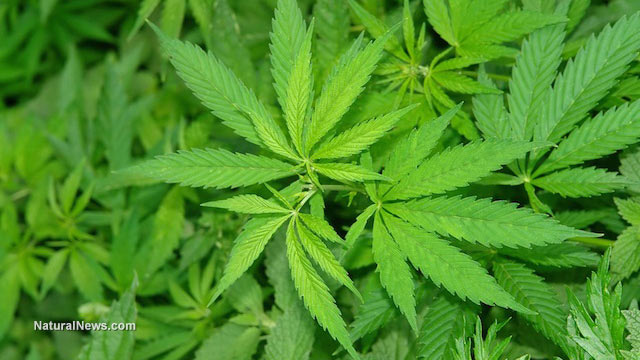
Advertisement
A story recently went viral about an Illinois woman who was caught driving around with a 15-ft. tree lodged into the hood of her car. The woman was so intoxicated that she continued along her way despite the vehicle’s airbags being deployed and the giant tree sticking out of her car. She was eventually stopped by police and arrested for drunk driving.
Though amusing, stories such as these aren’t exactly rare. But they come at a pivotal time as the country is slowly inching away from cannabis prohibition, and people are beginning to take a closer look at which is more dangerous: alcohol or cannabis?
Most people would agree that in terms of risk, alcohol consumption poses more threats to humans than cannabis. However, particularly in conservative U.S. states, cannabis is still viewed as a hard and addictive drug that can lead to all sorts of problems.
Cannabis cures
But that type of thinking is beginning to be reversed based on mounting evidence that cannabis has a unique ability to improve and cure debilitating health conditions such as cancer, epilepsy, AIDs/HIV, Alzheimer’s disease, arthritis, and many others.
Alcohol on the other hand, has health benefits as well. But they’re only effective upon moderate alcohol intake, anything beyond that can lead to harmful health impacts including damage to the liver, brain, heart, pancreas, and the immune system.
Heavy drinking can also lead to cancer of the mouth, throat, esophagus, liver, and breast, according to the National Institute on Alcohol Abuse and Alcoholism. Another reason drinking alcohol is considered more risky than cannabis is the fact that it’s highly addictive.

Alcoholism impacts about the same number of Americans as depression. According to the NIH, 16.6 million adults ages 18 and older had Alcohol Use Disorders in 2013, compared with the estimated 15 million Americans plagued with Major Depressive Disorder.
Those are some pretty telling numbers. No data exists on the number of people addicted to cannabis; in fact a quick Internet search yields results doubting whether cannabis addiction is even a real thing.
The demonization of cannabis
So why are some states (and the federal government which still classifies the plant as a scheduled III drug) still so reluctant to submit to the legalization of cannabis? Well, misinformation perpetuated by strong religious beliefs has something to do with it.
Prior generations were taught that cannabis is bad, and that nothing good can from it. The pharmaceutical industry and the U.S. government instituted this sort of brainwashing.
In the 1800s, pharmaceutical companies were using cannabis to treat all kinds of illnesses, including cholera, rabies, alcoholism, opiate addiction, typhus, leprosy, insanity, tonsillitis, and excessive menstrual bleeding.
But the use of medicinal cannabis went on the decline after pharma realized it was more profitable to push drugs such as aspirin, morphine and eventually other opium-derived medications.
It was then that the demonization of cannabis began, a concept still ingrained in older generations today. By the 1920s, an international movement to ban the plant had begun.
In 1937, the federal government criminalized the plant with the passing of the Marihuana Tax Act, making it a crime for anyone to be in possession of it, unless they had a prescription that was grandfathered in.
A new way of thinking
However, today, that backwards thinking is finally being reversed, in part, because information is less controlled with the creation of the Internet.
Americans are taking unprecedented amounts of medication, and instead of being healthier, they are sicker than ever before. This fact has opened the eyes of many to alternative medicines, including cannabis.
According to ProCon.org, as of March 3, 2016, 23 U.S. states and the district of Washington, D.C. have legalized cannabis for medicinal purposes. Some of the laws were passed as far back as 1999, while others enacted medical marijuana laws just this year.
It’s believed that eventually all 50 states will allow medicinal marijuana.
Until then, cannabis and alcohol will likely be weighed against one another to demonstrate that a substance far more unhealthy than marijuana (alcohol) is allowed, so why not make a plant that’s safer, and serves as a medicine, available to everyone?
Sources:
Submit a correction >>
This article may contain statements that reflect the opinion of the author
Advertisement
Advertisements















